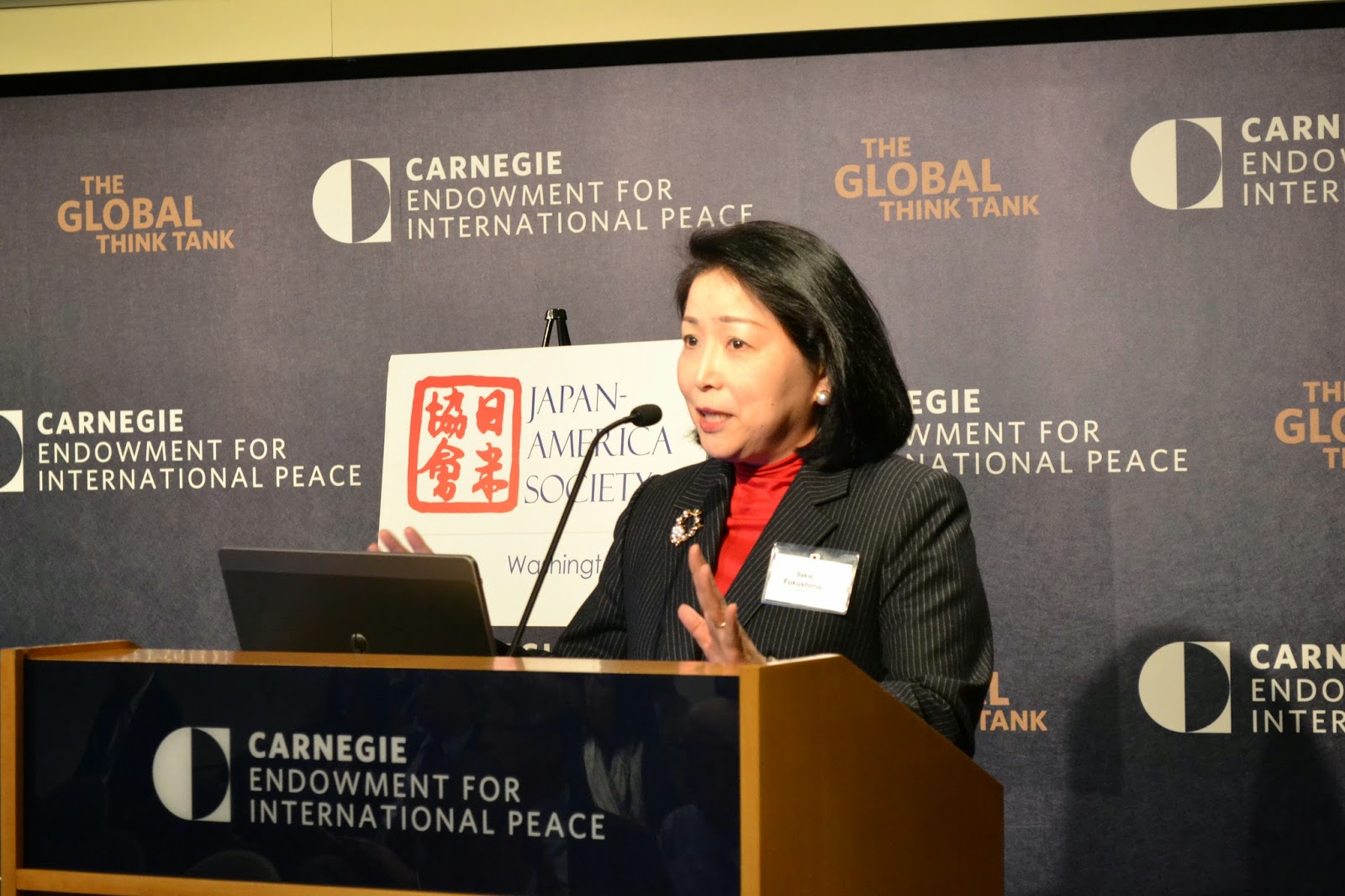Word of the Month: January
January: Kabuki
The etymology of Kabuki(歌舞伎) is Kabuku(傾く). "Kabuki dance," which is said to be the origin of Kabuki, was started by people who dressed like "Kabuki mono(かぶき者) "who do not care, are off the beaten track, and wear wacky clothing that goes the edge of fashion." The spirit of Kabuki is to entertain people not by being bound by existing ideas but by inspiring change.
Kabuki consists of play, dance and music. Placing Edo and Kamigata (Kyoto and Osaka) at the midpoint, Kabuki has reflected tastes of each era. And it has not leaned on the Shogunal authorities, but people in general have raised Kabuki. Now there are more than 700 repertoire of Kabuki, and many are long-running.
There were "Onna Kabuki" held by women and "Wakashu Kabuki" held by young boys, but they were prohibited during the Bakufu era for the reason that they might corrupt public morals. Then "Yarou Kabuki" held mainly by adult men has appeared. Today's Kabuki is acted all by men, and the man who acts as a woman is called "Onnna gata."
References
KABUKI ENCYCLOPEDIA by SAMUEL L. LEITER
http://www.kabuki-bito.jp/ginza_kabukiza/lets_kabuki/c_1/index.html



Comments
Post a Comment